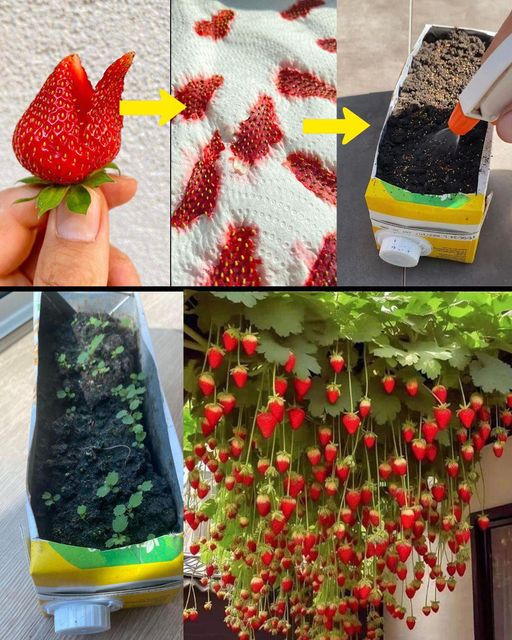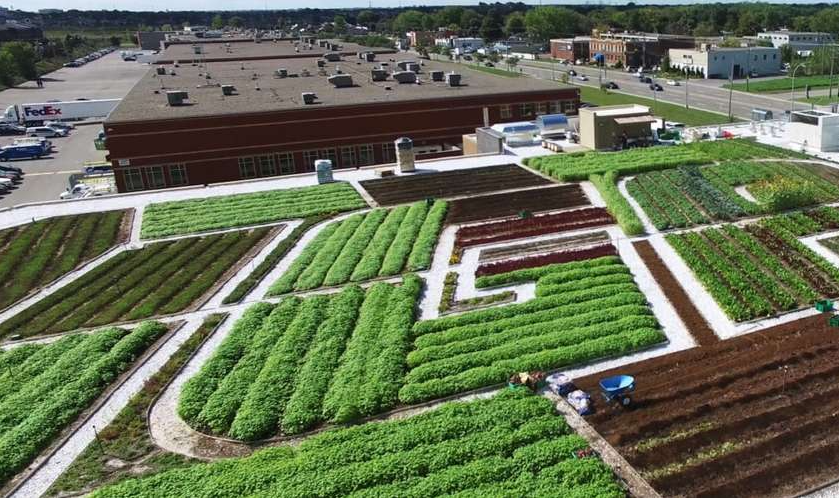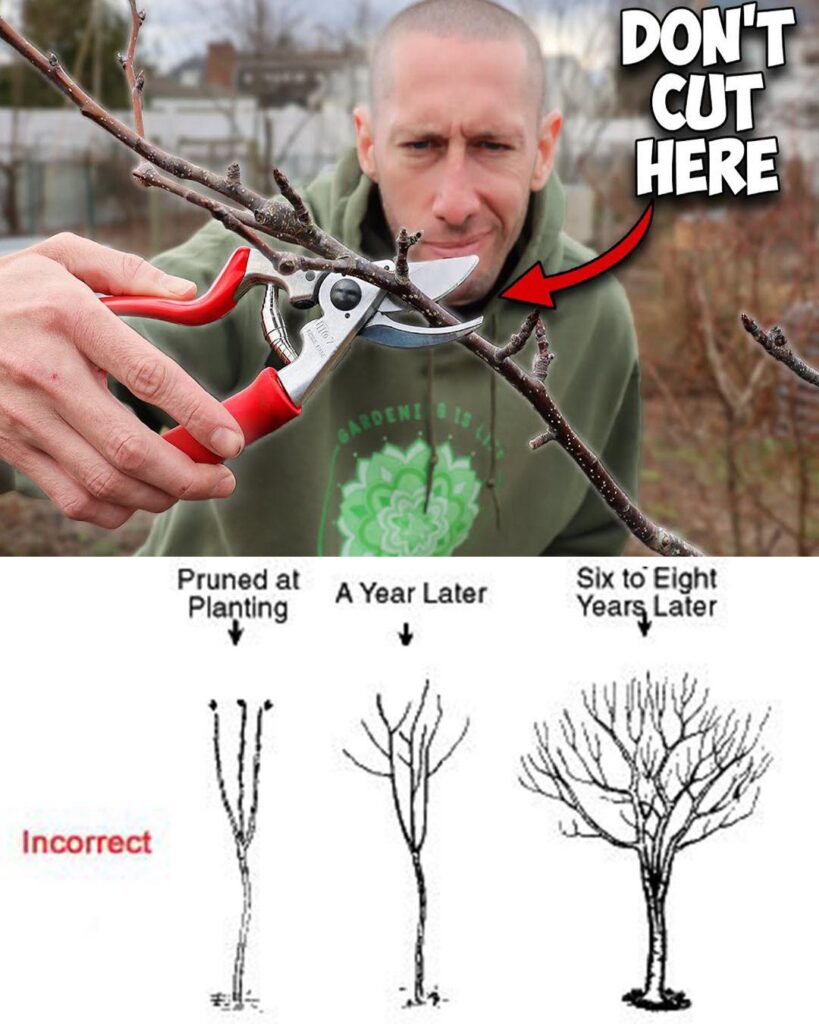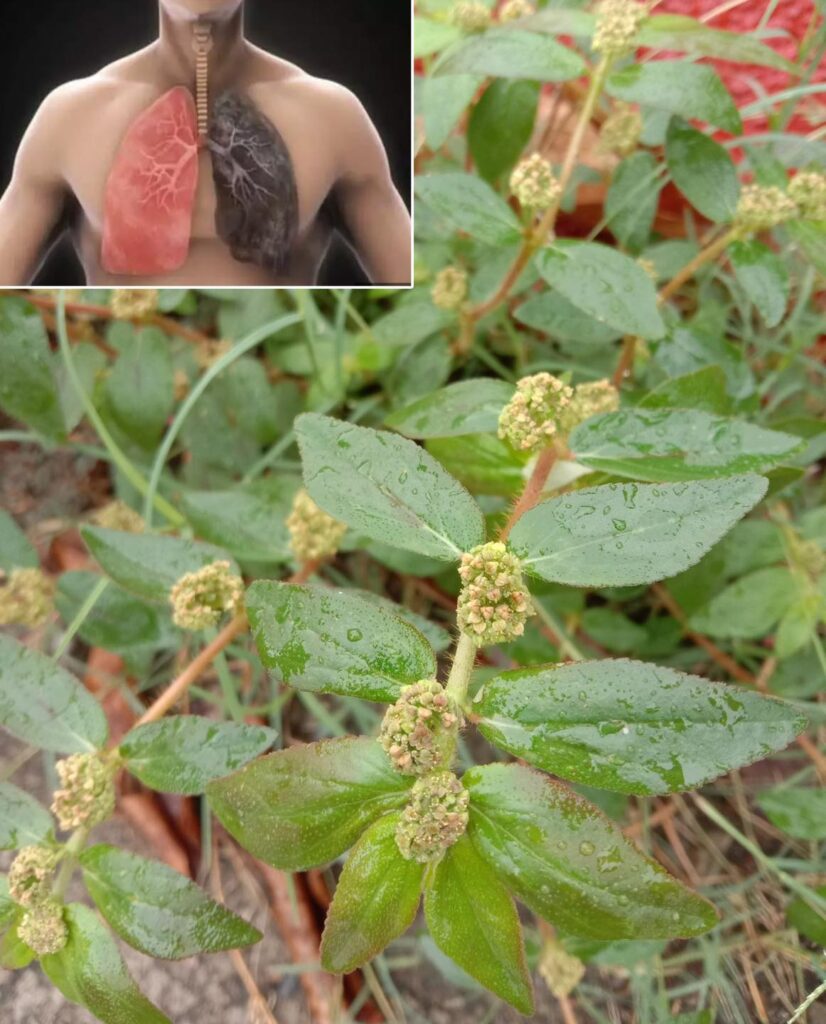Growing strawberries from seeds can be an exceptionally rewarding experience, offering a delicious payoff from your gardening efforts. Here’s a comprehensive guide to help you through the process of planting, nurturing, and harvesting your own strawberries, starting with an interesting way to obtain seeds directly from the fruit.
Obtaining Seeds from a Strawberry Fruit
To start your strawberry planting journey from scratch, you can extract seeds using the following steps:
- Select a Ripe and Healthy Strawberry: Choose a fully ripe and plump strawberry for the best results. The ripeness is crucial as it ensures that the seeds are mature enough to germinate.
- Slice the Strawberry: Cut the strawberry into thin slices. This will expose the seeds that are embedded in the skin.
- Dry the Slices: Place the slices on a paper towel, spreading them out evenly to avoid overlapping. Allow them to air dry in a warm, well-ventilated area for 1-2 days.
- Collect the Seeds: As the strawberry slices dry, the seeds will detach easily from the fruit. You can then collect these seeds from the paper towel.
Planting Strawberries
Selecting the Right Variety:
There are three main types of strawberry plants:
- June-bearing: Produce a large, single harvest in early summer.
- Everbearing: Yield several smaller harvests throughout the growing season.
- Day-Neutral: Produce fruit continuously throughout the growing season under the right temperatures.
Picking the Ideal Location:
Strawberries require at least 6-8 hours of direct sunlight per day. Choose a site with well-draining, fertile soil, preferably with a slight acidic pH of 5.5 to 6.5.
Preparing the Soil:
Enhance the soil by mixing in compost or well-rotted manure to improve fertility and structure.
Planting Time:
In colder regions, plant strawberries in early spring. In milder climates, strawberries can also be planted in the fall.
Spacing and Planting:
Plant the strawberries about 12-18 inches apart in rows spaced 2-3 feet apart. Ensure the crown of the plant is at soil level to prevent rotting.
Growing and Caring for Strawberries
Watering:
Maintain consistent moisture, especially during the blooming and fruiting stages. Water at the base to keep the foliage dry and prevent disease.
Mulching:
Use organic mulch like straw or pine needles around the plants to help retain moisture, suppress weeds, and keep the fruit clean.
Fertilizing:
Apply a balanced, water-soluble fertilizer designed for fruiting plants, following the manufacturer’s recommendations.
Pest and Disease Management:
Monitor plants regularly for pests such as aphids and slugs. Use natural remedies or insecticidal soap to treat infestations. Prevent fungal diseases like powdery mildew and gray mold by ensuring good air circulation and watering at the base of the plant.
Pruning Runners:
Limit the number of runners to promote more fruitful yields. Prune excess runners to redirect energy back to the fruit production.
Harvesting
The joy of growing strawberries culminates in the harvest. Strawberries are ready to pick when they are fully red and firm. Harvest in the morning when the berries are still cool for the best flavor.
By following these detailed steps, from obtaining seeds to harvesting your berries, you’ll be well on your way to enjoying fresh, homegrown strawberries that are as rewarding to grow as they are to eat. Whether in your garden or on a balcony, strawberries can flourish with proper care, offering you a delightful and tasty gardening venture.



